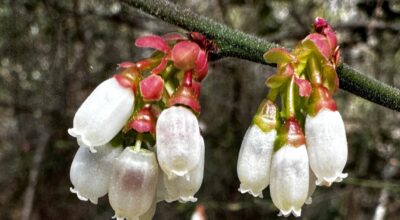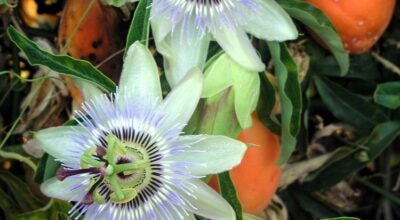Mistletoe for Holiday Decorations
Published 7:00 am Wednesday, December 13, 2017
By Eddie Smith
During this time of the year mistletoe is associated with Christmas cheer, and the plant is often used as part of the holiday decorations in many homes over the United States. Remember the old tradition of receiving a big “smooch” while caught standing beneath a twig of mistletoe? However, Mistletoe is also known as a common evergreen parasitic plant which grows on a number of landscape trees in Mississippi and is often a source of concern to homeowners with infected trees.
Although mistletoe has green leaves and manufactures part of its own food supply, it does depend on its host (the tree) for water and nutrients. Cut all you want for decorative purposes this holiday season, since removing mistletoe growth will benefit the host tree, at least until a new mistletoe plant grows back at the point of removal. Use caution when this plant is included in home decorations because mistletoe seeds are poisonous to humans.
Trees commonly parasitized by mistletoe in the South include water, willow, and red oaks, and other trees, such as pecan, hickory, hackberry, Osage orange, river birch, and green ash. Most trees that are otherwise healthy can tolerate a few mistletoe branch infections; however, trees heavily infected over a period of several years often are reduced in vigor, become stunted, and are more susceptible to harsh environmental conditions, which may cause tree death.
Mistletoe is a flowering plant and produces small, whitish berries in late fall and early winter. Seeds are covered by a sticky outer pulp layer. Birds feed on the sticky pulp and discard the seeds, which stick to their bills, feet, and other body parts. In this way the seeds are carried to other trees or other branches of the same tree and deposited, where they stick tightly. After a short time, the mistletoe seeds germinate, and the parasite grows through the bark and into the tree’s water-conducting tissues, where root-like structures develop. These “roots” gradually extend up and down within the branch as the mistletoe grows. In some cases, older, mature mistletoe plants may reach several feet in diameter.
Controlling mistletoe can be a challenge. The most effective method is to prune out infected branches as soon as the early infestations become apparent. There are not any effective chemical controls.





